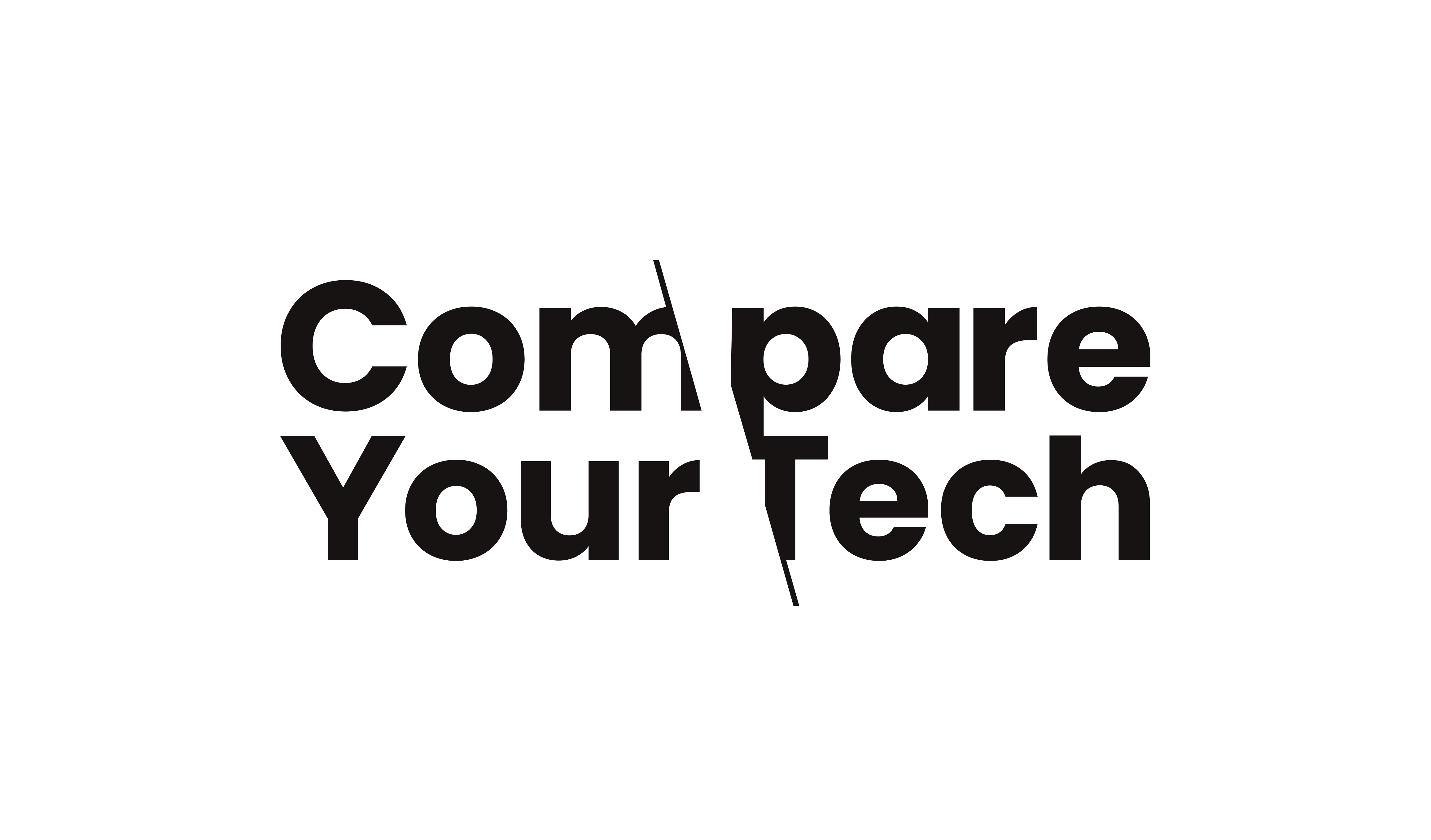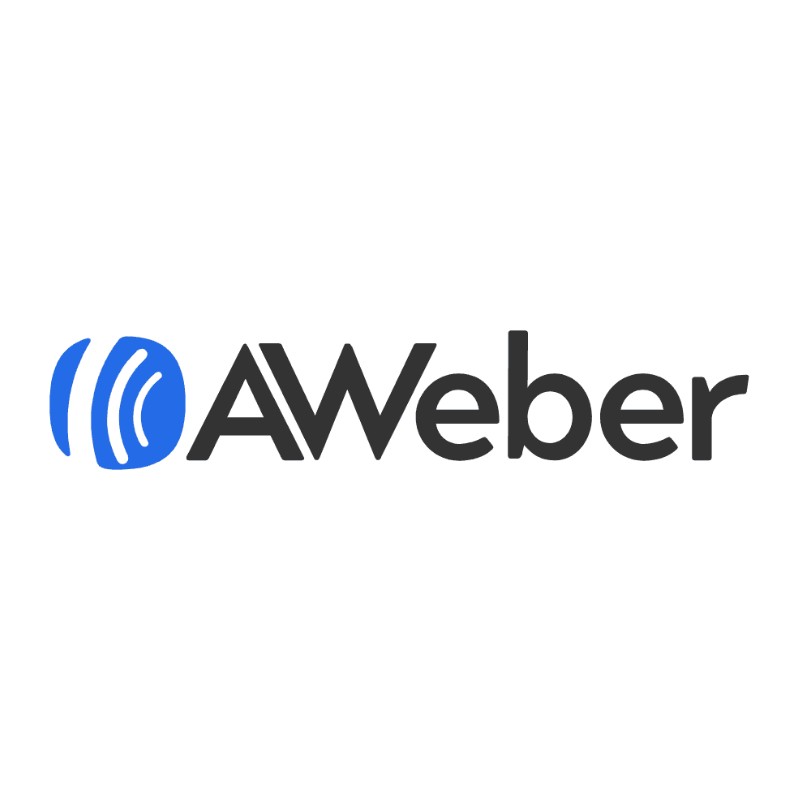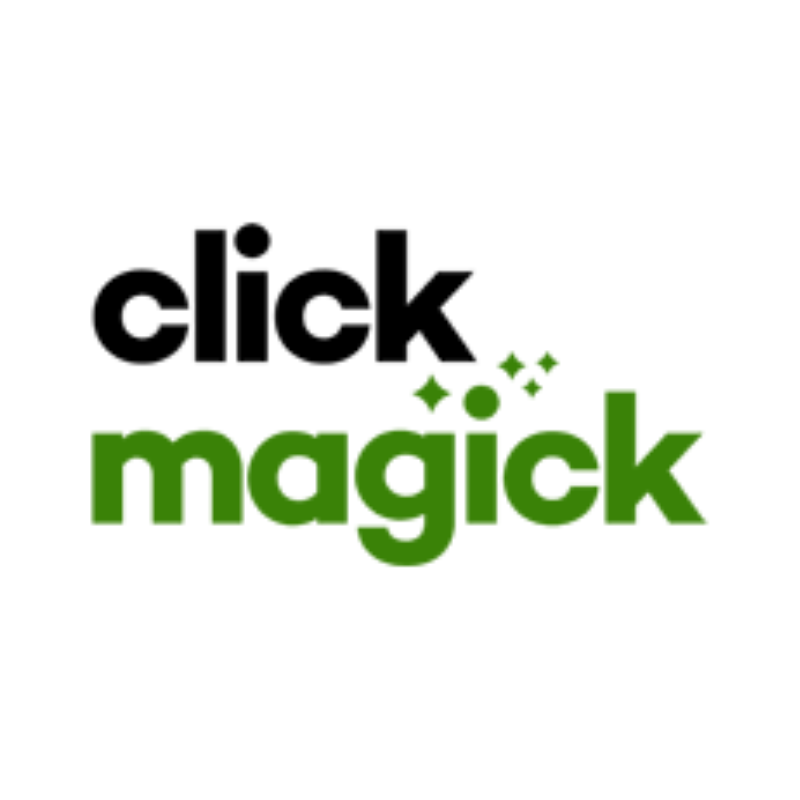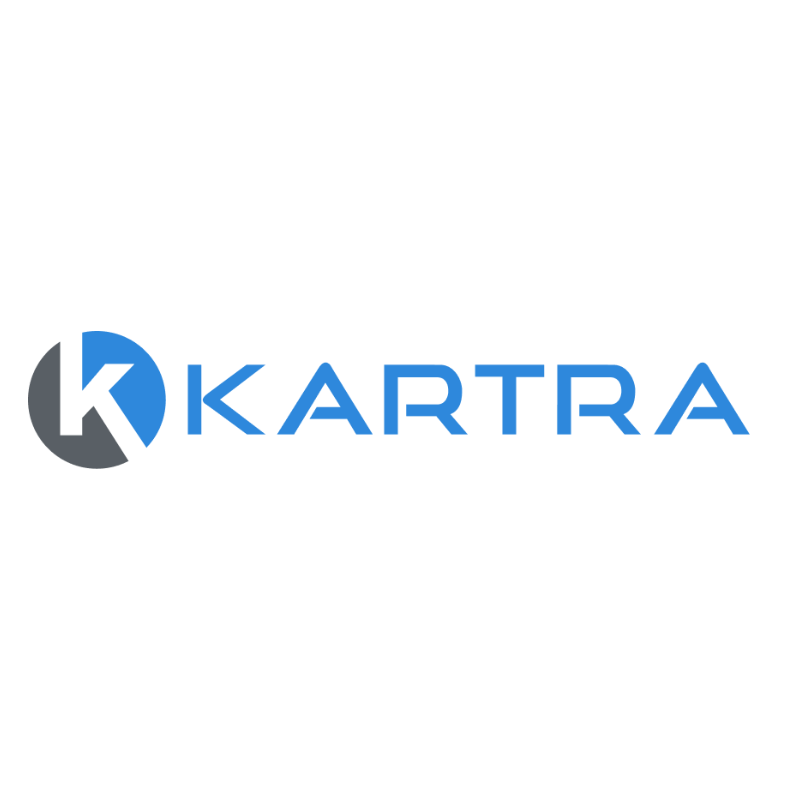FAQ'sFrequently Asked Questions about JFrog Pipelines
Who are JFrog?
JFrog is a software company that provides tools for managing and automating the software development lifecycle. Founded in 2008, JFrog is known for its Artifactory product, which serves as a universal repository manager. The company focuses on streamlining DevOps processes and enhancing continuous integration and continuous delivery (CI/CD) capabilities.
What are JFrogs products?
JFrog offers a suite of products including JFrog Artifactory, JFrog Xray, JFrog Distribution, and JFrog Pipelines. These tools cater to different aspects of software development, from repository management to security scanning and automated CI/CD pipeline management.
What services do JFrog offer?
JFrog provides services such as training, consulting, support, and professional services to help organisations implement and optimise their use of JFrog products, including Pipelines. They also offer cloud hosting services for their products.
What type of companies do JFrogs products suit?
JFrogs products are suitable for companies of all sizes, from startups to large enterprises, particularly those engaged in software development and looking to optimise their DevOps practices. Industries such as technology, healthcare, finance, and gaming frequently utilise JFrog solutions.
How much does JFrogs product cost?
JFrog offers various pricing models based on the specific product and level of service required. Pricing details for JFrog Pipelines can be obtained directly from their website or by contacting their sales team for a custom quote tailored to organisational needs.
Does JFrog offer a free trial?
Yes, JFrog provides a free trial for many of its products, including JFrog Pipelines. Prospective users can sign up on their website to evaluate the features and capabilities before committing to a purchase.
What discounts does JFrog offer on their products?
JFrog occasionally offers discounts or promotional pricing, particularly for educational institutions, non-profits, or during specific events. Its advisable to check their website or contact their sales team for current offers.
Are there any hidden fees or additional costs with JFrog?
JFrog strives for transparency in pricing. However, additional costs may arise from optional services such as advanced support or training. Users should review the pricing details carefully and inquire about any potential extra charges.
Who uses JFrogs products?
JFrogs products are used by developers, DevOps teams, and software engineers across various industries. Notable clients include large technology companies, startups, and enterprises that require efficient management of their software development processes.
What are the main features of JFrogs products/services?
Main features of JFrog Pipelines include automated CI/CD workflows, integration with various version control systems, easy deployment to multiple environments, and extensive support for various programming languages and technologies.
How does JFrog compare to its competitors?
JFrog is often compared to other CI/CD tools like GitLab CI, Jenkins, and CircleCI. JFrog Pipelines is noted for its tight integration with JFrog Artifactory and its focus on DevOps best practices, making it a strong contender in the market.
Is JFrogs platform easy to use?
JFrog Pipelines is designed to be user-friendly, offering a visual interface for building and managing pipelines. However, the ease of use may vary depending on the users familiarity with CI/CD processes and tools.
How easy is it to set up JFrogs product or service?
Setting up JFrog Pipelines typically involves configuring the platform to integrate with existing tools and repositories. The setup process is generally straightforward, with comprehensive documentation and guides provided by JFrog to assist users.
Is JFrog reliable?
JFrog has established a reputation for reliability in the software development community, with many organisations trusting their products for critical DevOps processes. They offer high availability and scalability options to ensure consistent performance.
Does JFrog offer customer support?
Yes, JFrog provides customer support through various channels, including online documentation, community forums, and dedicated support for enterprise customers. Support options vary based on the service level agreement (SLA) chosen by the user.
How secure is JFrog’s platform?
JFrog places a strong emphasis on security, offering features such as role-based access control, audit logs, and integration with security scanning tools. They also comply with industry standards and regulations to protect user data.
Does JFrog integrate with other tools or platforms?
Yes, JFrog Pipelines integrates with a wide range of tools, including version control systems (such as Git), cloud providers, and other CI/CD tools, allowing for seamless workflows across different environments.
Can I use JFrog on mobile devices?
JFrogs products are primarily designed for desktop use; however, the web-based interface can be accessed on mobile devices. Full functionality is best experienced on a desktop or laptop.
What do users say about JFrog?
Users typically praise JFrog for its robust features, strong integration capabilities, and reliable performance. Some users note a learning curve associated with advanced features, but overall feedback is generally positive.
What are the pros and cons of JFrog?
Pros of JFrog include powerful automation capabilities, strong security features, and comprehensive integration options. Cons may include a steep learning curve for new users and potential complexity for smaller teams.
How can I purchase JFrog’s services?
JFrogs services can be purchased directly through their website or by contacting their sales team for custom quotes and service agreements tailored to specific organisational needs.
What is the cancellation or refund policy for JFrog?
JFrogs cancellation and refund policy varies based on the specific service agreement. Users should review the terms outlined in their agreement or contact customer support for detailed information.
What are the common use cases for JFrog?
Common use cases for JFrog Pipelines include automating build processes, managing software releases, integrating security checks into the CI/CD pipeline, and facilitating collaboration among development teams.
Why choose JFrog over other options?
Choosing JFrog can provide advantages such as comprehensive tool integration, a focus on DevOps best practices, and strong support for a variety of programming languages and package types, making it a versatile choice for many organisations.
How easy is it to set up JFrog?
Setting up JFrog Pipelines is generally straightforward, with user-friendly documentation and guides available to assist in the configuration process. Users can benefit from tutorials and community support during setup.
Does JFrog offer training or tutorials?
Yes, JFrog offers a range of training resources, including online tutorials, webinars, and documentation to help users understand their products and make the most of their features.
What languages does JFrog support?
JFrog Pipelines supports multiple programming languages and technologies, including but not limited to Java, Python, Node.js, Go, and Docker. This flexibility allows teams to work with their preferred languages.
What problems does JFrog solve?
JFrog addresses common challenges in the software development lifecycle, such as integrating and automating CI/CD processes, managing dependencies, ensuring security compliance, and improving collaboration among development teams.
Is JFrog worth the investment?
Many organisations find JFrog to be a worthwhile investment due to its robust feature set and ability to enhance productivity and efficiency in the software development process. The value gained often justifies the cost, particularly for larger teams or complex projects.






Leave a Reply
You must be logged in to post a comment.